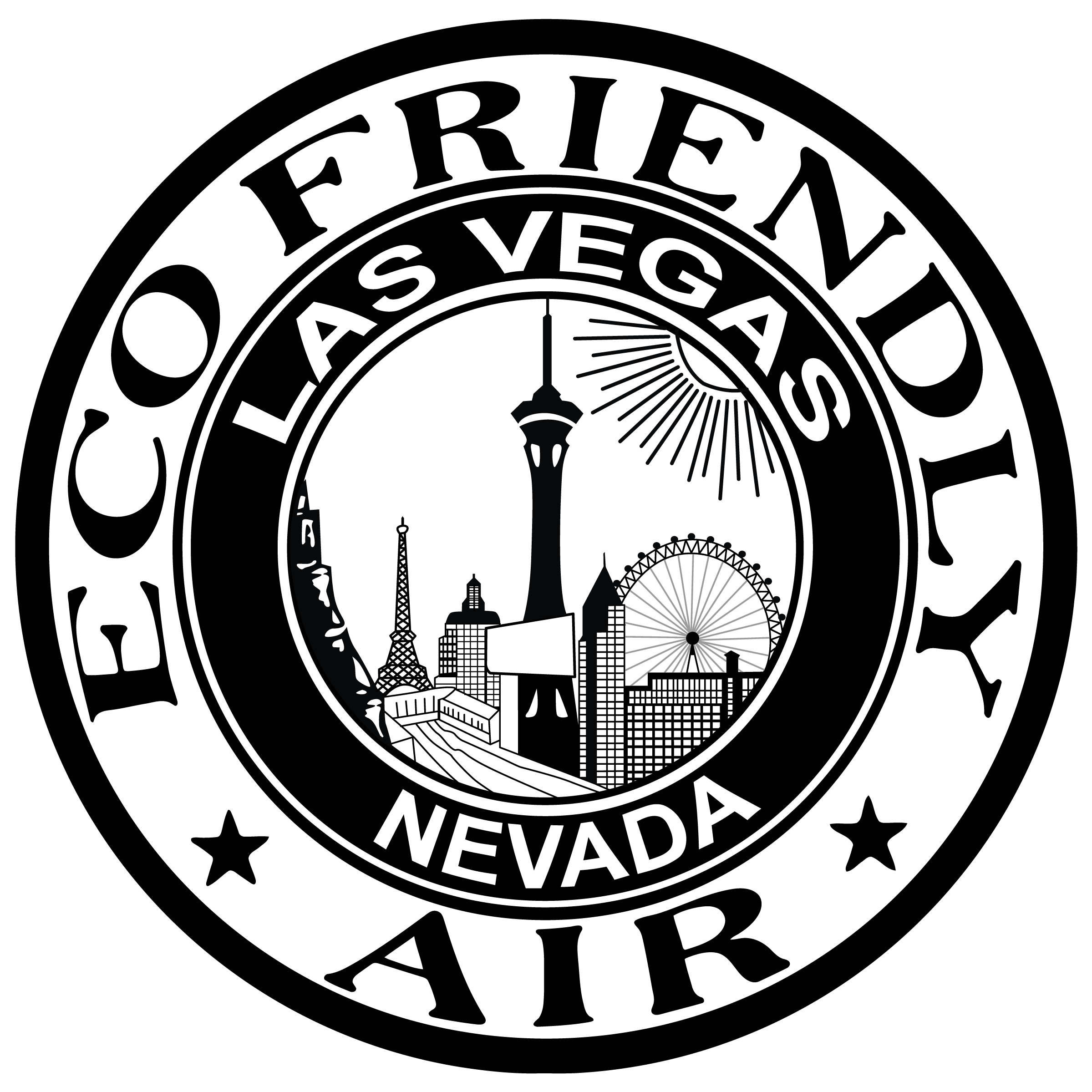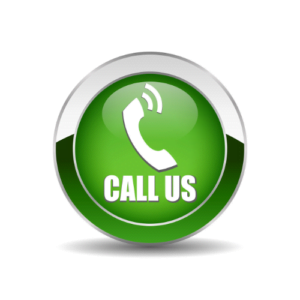Welcome to our blog post on spring HVAC maintenance tips to keep your cool in Las Vegas!
As the temperatures start to rise, it’s important to ensure
First and foremost, it’s crucial to clean or replace your air filters regularly. Air filters play a vital role in maintaining the air quality in your home and keeping your HVAC system running efficiently. Over time, these filters can become clogged with dust, dirt, and other particles, which can restrict airflow and put unnecessary strain on your system. By cleaning or replacing your air filters every few months, you can ensure that your HVAC system is able to circulate clean and fresh air throughout your home.
In addition to cleaning or replacing your air filters, it’s also important to inspect and clean the outdoor condenser unit. The condenser unit is responsible for releasing heat from your home’s refrigerant, and if it becomes clogged with debris or vegetation, it can hinder the heat transfer process. To clean the condenser unit, start by turning off the power to the unit. Then, remove any leaves, dirt, or other debris that may have accumulated on or around the unit. You can use a soft brush or a vacuum cleaner to gently remove the debris. Finally, use a hose to spray water on the condenser coils to remove any remaining dirt or grime. This simple maintenance task can significantly improve the efficiency of your HVAC system and prevent potential breakdowns.
Another important aspect of spring HVAC maintenance is checking and adjusting the thermostat settings. As the weather starts to warm up, you’ll want to adjust your thermostat settings to ensure that your home remains comfortable without wasting energy. Consider setting your thermostat to a higher temperature when you’re away from home or during the night when you’re sleeping. This will not only help you save on energy costs but also reduce the workload on your HVAC system. Additionally, if you have a programmable thermostat, take advantage of its features to set a schedule that aligns with your daily routine.
Furthermore, it’s essential to schedule a professional HVAC inspection and maintenance service. While there are several maintenance tasks that you can handle on your own, it’s always a good idea to have a qualified technician inspect your HVAC system thoroughly. A professional inspection can identify any underlying issues or potential problems that may not be apparent to the untrained eye. The technician will check the electrical connections, lubricate moving parts, inspect the refrigerant levels, and perform other necessary maintenance tasks to ensure that your system is operating at its best. Regular professional maintenance can extend the lifespan of your HVAC system and save you from costly repairs down the line.
Lastly, don’t forget to check and clean your air vents and ductwork. Over time, dust, dirt, and other debris can accumulate in your air vents and ducts, obstructing airflow and reducing the efficiency of your HVAC system. Use a vacuum cleaner or a soft brush to remove any visible dust or debris from the vents. If you suspect that your ductwork may be clogged or in need of cleaning, it’s best to consult a professional duct cleaning service for a thorough inspection and cleaning.
By following these spring HVAC maintenance tips, you can ensure that your HVAC system is in top shape and ready to keep you cool during the scorching Las Vegas summer. Remember, regular maintenance is key to preventing breakdowns and maximizing the efficiency and lifespan of your HVAC system. Stay cool!
1. Clean or Replace Air Filters
One of the most important maintenance tasks for your HVAC system is cleaning or replacing the air filters. Over time, dust, dirt, and debris can accumulate in the filters, reducing the system’s efficiency and airflow. This can lead to higher energy bills and poor indoor air quality.
We recommend checking your air filters every month and cleaning or replacing them as needed. If you have pets or live in an area with high pollen levels, you may need to clean or replace the filters more frequently. Clean filters will not only improve the air quality in your home but also help your HVAC system run more efficiently.
When it comes to cleaning the air filters, there are a few different methods you can use. One option is to vacuum the filters to remove any loose debris. Another option is to rinse the filters with water to remove more stubborn dirt and dust. If the filters are particularly dirty, you may need to use a mild detergent to help break up the grime. After cleaning, be sure to let the filters dry completely before reinstalling them.
If the filters are beyond cleaning, it’s time to replace them. Most HVAC systems use disposable filters that can be easily swapped out. When purchasing replacement filters, make sure to choose the correct size and type for your system. There are different types of filters available, ranging from basic fiberglass filters to high-efficiency particulate air (HEPA) filters. HEPA filters are more effective at trapping smaller particles, but they may also restrict airflow more than other types of filters. Consider your specific needs and consult with a professional if you’re unsure which type of filter is best for your HVAC system.
Regularly cleaning or replacing your air filters is a simple but effective way to keep your HVAC system running smoothly. It not only improves the efficiency of your system but also helps maintain good indoor air quality. By taking care of your air filters, you can ensure that your HVAC system continues to provide you with clean, comfortable air for years to come.
After cleaning the outdoor unit, it’s also a good idea to inspect the fan blades for any signs of damage or wear. Over time, the fan blades can become loose or develop cracks, which can affect the airflow and put strain on the motor. If you notice any issues with the fan blades, it’s best to contact a professional HVAC technician to assess and repair the problem.
In addition to cleaning and inspecting the outdoor unit, it’s important to check the surrounding area for any potential obstructions. Trim any overgrown bushes or plants that may be blocking the airflow to the unit. Ensure that there is at least two feet of clearance around the unit to allow for proper ventilation.
Furthermore, it’s crucial to regularly check the condenser coils for any signs of dirt or debris buildup. The condenser coils are responsible for transferring heat from the refrigerant to the outdoor air, and any obstructions can hinder this process. Use a soft brush or a vacuum cleaner with a brush attachment to gently remove any dirt or debris from the coils. Be cautious not to bend or damage the delicate fins while cleaning.
Another important step in maintaining the outdoor unit is to inspect the electrical connections. Over time, the electrical connections can become loose or corroded, which can lead to poor performance or even system failure. Carefully examine the wiring and connections, and if you notice any issues, it’s best to have a professional electrician inspect and repair them.
Lastly, don’t forget to check the refrigerant levels in the outdoor unit. Low refrigerant levels can indicate a leak in the system, which can lead to reduced cooling efficiency and increased energy consumption. If you suspect a refrigerant leak, it’s essential to contact a professional HVAC technician to diagnose and fix the problem.
By regularly checking and cleaning the outdoor unit of your HVAC system, you can ensure that it operates efficiently and effectively. This not only extends the lifespan of your system but also helps you save on energy costs. Remember to always follow safety guidelines and consult a professional if you are unsure about any maintenance procedures.
3. Schedule a Professional HVAC Inspection
While there are some maintenance tasks you can do on your own, it’s always a good idea to schedule a professional HVAC inspection at least once a year. A licensed technician will thoroughly inspect your system, identify any potential issues, and perform necessary repairs or adjustments.
During the inspection, the technician will check the refrigerant levels, inspect the electrical connections, clean the coils, and lubricate the moving parts. They will also ensure that the system is operating at its peak efficiency and make any necessary recommendations to improve its performance.
One of the main reasons to schedule a professional HVAC inspection is to ensure the safety of your home and family. Faulty electrical connections or worn-out components can pose a serious fire hazard. By having a technician inspect your system regularly, you can catch any potential issues before they escalate into major problems.
In addition to safety concerns, regular HVAC inspections can also help you save money in the long run. A well-maintained system operates more efficiently, which means it uses less energy to heat or cool your home. This translates into lower utility bills and a reduced carbon footprint. A technician can also identify any small issues that, if left unattended, could lead to costly repairs down the line.
Another benefit of scheduling a professional HVAC inspection is the peace of mind it brings. Knowing that your system has been thoroughly checked and is in good working condition can alleviate any worries about unexpected breakdowns or malfunctions. It allows you to enjoy a comfortable and climate-controlled home without any unnecessary stress.
Finally, a professional inspection can also extend the lifespan of your HVAC system. By identifying and addressing any potential issues early on, you can prevent excessive wear and tear on the components. This can help your system last longer, saving you money on premature replacements.
Overall, scheduling a professional HVAC inspection is a crucial step in maintaining the efficiency, safety, and longevity of your system. By investing in regular inspections, you can ensure that your HVAC system continues to provide reliable and comfortable indoor air quality for years to come.
4. Test and Calibrate the Thermostat
Your thermostat plays a crucial role in maintaining a comfortable indoor temperature. However, over time, it may become less accurate, leading to temperature fluctuations and inefficient operation of your HVAC system.
To ensure that your thermostat is working properly, we recommend testing and calibrating it in the spring. You can do this by comparing the temperature displayed on the thermostat with an accurate thermometer. If there is a significant difference, you may need to recalibrate or replace the thermostat.
Testing the thermostat is a simple process that can be done by following a few steps. First, turn off your HVAC system and wait for a few minutes to allow the temperature in your home to stabilize. Then, place an accurate thermometer next to the thermostat and wait for a few minutes to ensure that both the thermometer and thermostat are reading the same temperature.
If there is a difference of more than a degree or two between the two readings, it may indicate that your thermostat is not functioning properly. In this case, you can try recalibrating the thermostat by following the manufacturer’s instructions. This usually involves adjusting the thermostat’s temperature offset or differential settings to match the accurate thermometer.
If recalibrating the thermostat does not resolve the issue, it may be necessary to replace it. Thermostats can wear out over time, especially if they are older models. Upgrading to a newer, more advanced thermostat can not only improve the accuracy of temperature readings but also provide additional features such as programmable schedules and remote access control.
Regularly testing and calibrating your thermostat is essential for maintaining a comfortable and energy-efficient home. By ensuring that your thermostat is accurate, you can avoid temperature fluctuations and optimize the performance of your HVAC system. Additionally, a properly functioning thermostat can help you save on energy costs by allowing you to set the temperature according to your needs and schedule.
5. Clean the Air Vents and Ducts
Blocked or dirty air vents and ducts can restrict airflow and reduce the efficiency of your HVAC system. It’s essential to clean them regularly to maintain optimal performance.
You can start by removing the vent covers and vacuuming any dust or debris that has accumulated. Use a soft brush attachment on your vacuum cleaner to gently clean the vent covers and remove any stubborn dirt or dust. Take care not to damage the vent covers while cleaning them.
Next, inspect the ductwork for any signs of mold growth or excessive dirt buildup. If you notice any mold growth or suspect that your ducts are contaminated, it’s best to hire a professional duct cleaning service. They have the expertise and equipment to thoroughly clean and sanitize the ducts, ensuring a safe and effective cleaning process.
Professional duct cleaning involves using specialized tools and techniques to dislodge and remove dirt, dust, mold, and other contaminants from the ductwork. They may use high-powered vacuums, brushes, and air compressors to clean the ducts thoroughly. Additionally, they may apply antimicrobial treatments to prevent mold growth and improve indoor air quality.
Regularly cleaning your air vents and ducts not only improves the efficiency of your HVAC system but also helps to maintain good indoor air quality. Dust, pollen, pet dander, and other allergens can accumulate in the ducts over time, circulating through your home and potentially causing respiratory issues or allergies. By keeping your vents and ducts clean, you can reduce the presence of these allergens and create a healthier living environment for you and your family.
In addition to regular cleaning, it’s also important to inspect and seal any leaks or gaps in the ductwork. Leaky ducts can result in significant energy loss and reduce the effectiveness of your HVAC system. By sealing these leaks, you can improve the efficiency of your system and save on energy costs.
Overall, maintaining clean air vents and ducts is an essential part of HVAC system maintenance. By taking the time to clean and inspect them regularly, you can ensure optimal performance, improve indoor air quality, and extend the lifespan of your HVAC system.
6. Check and Seal Air Leaks
Air leaks in your home can result in energy loss and make your HVAC system work harder to maintain the desired temperature. Inspect your windows, doors, and any other potential areas for air leaks and seal them properly.
You can use weatherstripping or caulking to seal gaps around windows and doors. Additionally, consider adding insulation to your attic and walls to further improve energy efficiency and reduce the strain on your HVAC system.
When checking for air leaks, it is important to be thorough. Start by examining the seals around your windows. Look for any cracks or gaps where air could be escaping. If you notice any issues, apply weatherstripping to create a tight seal. This will prevent drafts and keep your home comfortable.
Next, move on to your doors. Check the weatherstripping around the edges and bottom of each door. Over time, weatherstripping can become worn or damaged, allowing air to seep through. If necessary, replace the weatherstripping to ensure a proper seal.
Don’t forget to inspect other potential areas for air leaks as well. Pay attention to electrical outlets, switch plates, and baseboards. These areas can often be overlooked but can contribute to significant energy loss if not properly sealed.
In addition to weatherstripping, caulking can also be used to seal air leaks. Caulk is a flexible material that can be applied to gaps and cracks to create an airtight seal. It is particularly useful for sealing gaps around windows and doors, as well as any other areas where different building materials meet.
Furthermore, adding insulation to your attic and walls can greatly improve energy efficiency. Insulation acts as a barrier, preventing the transfer of heat between the inside and outside of your home. This means that in the winter, it will help keep the warm air inside, and in the summer, it will keep the hot air out.
When adding insulation, it is important to choose the right type and ensure proper installation. There are various types of insulation available, including fiberglass, cellulose, and spray foam. Each has its own advantages and disadvantages, so it is best to consult with a professional to determine the most suitable option for your home.
By checking and sealing air leaks, you can significantly improve the energy efficiency of your home and reduce your reliance on your HVAC system. This not only saves you money on your energy bills but also helps to reduce your carbon footprint. So take the time to inspect your home for air leaks and make the necessary repairs. Your wallet and the environment will thank you.










